“I visited the Saxon Villages area of Transylvania and I was deeply impressed by the natural beauty and cultural richness of what I saw. The area represent a lost past for most of us – a past in which villages were intimately linked to their landscape. The culture, traditions, art and architecture of the Saxons of Transylvania are a truly remarkable survival […]” - Prince Charles of United Kingdom
The Saxon villages display a remarkable, unspoilt harmony between people and landscape. The houses follow a clear pattern: they sit end-on to the street, painted in a rich variety of ochres, greens and blues, with distinctive hipped roofs. The houses themselves are built to a format, with their cobbled courtyards, winter and summer kitchens, vegetable patches and colossal timber frame barns enclosing the rear end of the courtyard.
Viscri is first mentioned in written documents in the 1400's but is thought to have been settled in the 12th century, at the site of a small chapel, which eventually grew into the fortified church that stands today. Like many of the villages in the region, it has survived with its traditional layout and architecture intact.
A traditional Saxon house is entered through a large front gate, which opens onto a long courtyard. The courtyard runs the length of the house and beyond, ending at a barn. Beyond the barn is an orchard and, beyond that, meadows. Inside, the houses were relatively small, and usually decorated with traditional handcrafts.
Without a doubt, a visit to a place like Viscri is a unique experience. To see that a way of life most "modern" people might not even imagine still exists is a wonderful thing, and it is easy to fall in love with the idealized, simplified life that time in Viscri shows the short-term visitor. That is why King Charles of United Kingdom has a house of his own in this village! In 1996, Charles bought an old house in the village of Viscri, renovated it in a traditional style and turned Viscri into a popular tourist destination. For several years, the crown prince helped develop projects for the preservation of architectural heritage. Prince Charles' property in the village of Viscri is a traditional Saxon house with distinctive features such as wide wooden gates and clay roof tiles. Part of the house dates back to the 18th century.
Besides strolling on its rural beautiful streets, here are some activities you can do in the village: tours on the bicycle, traditional cart rides, homemade jam tasting, wine tasting, "Palinca" tasting, hiking through the forest.
And about Viscri fortified church - It was built by the ethnic German Transylvanian Saxon community at a time when the area belonged to the Kingdom of Hungary. Initially Roman Catholic, it became Lutheran following the Reformation. Together with the surrounding village, the church forms part of the villages with fortified churches in Transylvania UNESCO World Heritage Site.
The name, Viscri, is given by the edifice: around 1400, it was called Alba ecclesia, (The White Church) but in German it was translated as Weißkirch - and became Romanized Viscri.
The entrance ticket to visit the Viscri Fortified Church costs 3 EUR for adults, and the visiting hours are 10:00 - 13:00 and 14:00 - 18:00, every day.

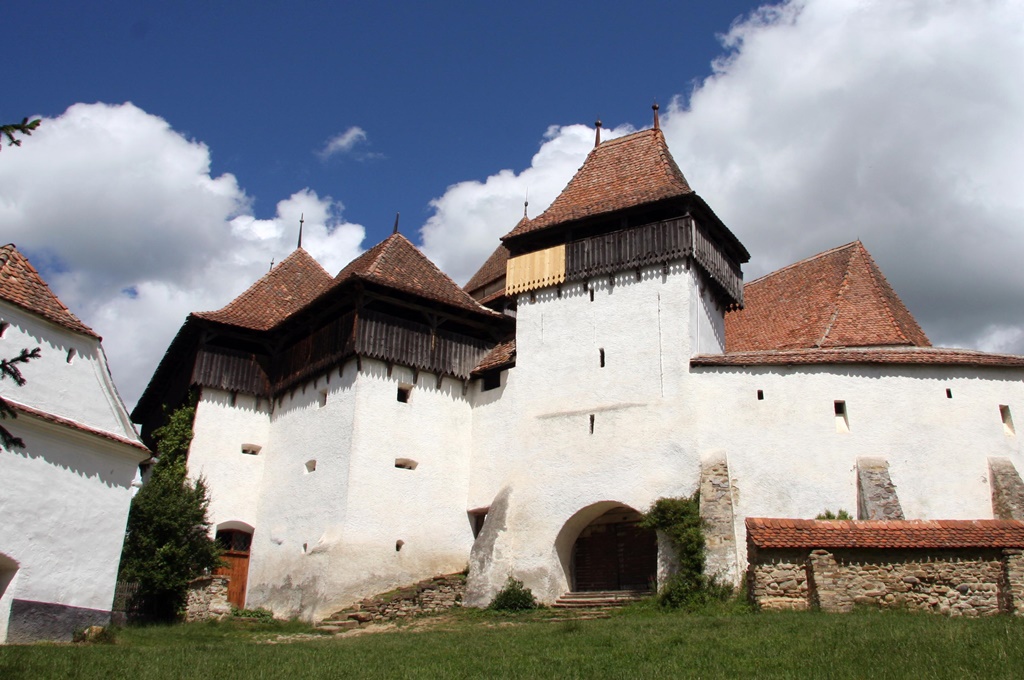
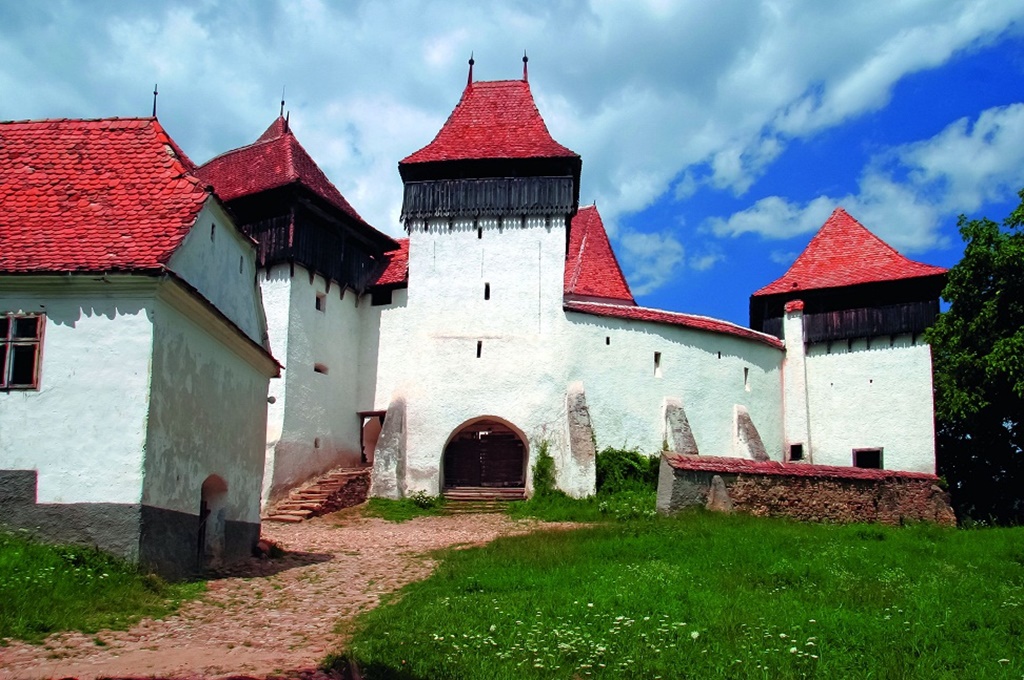
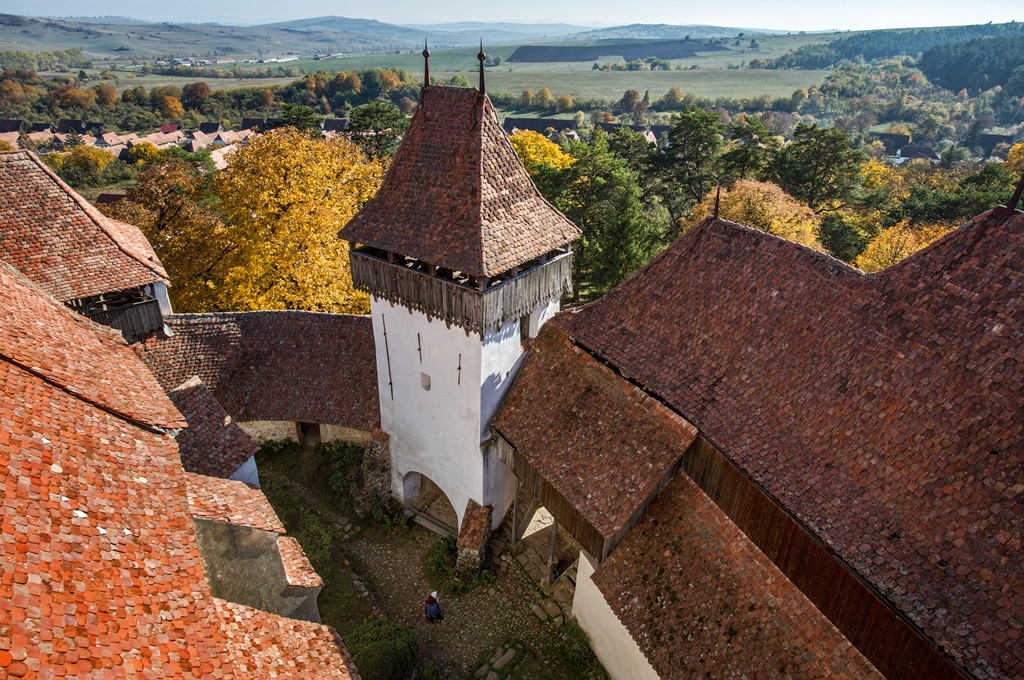
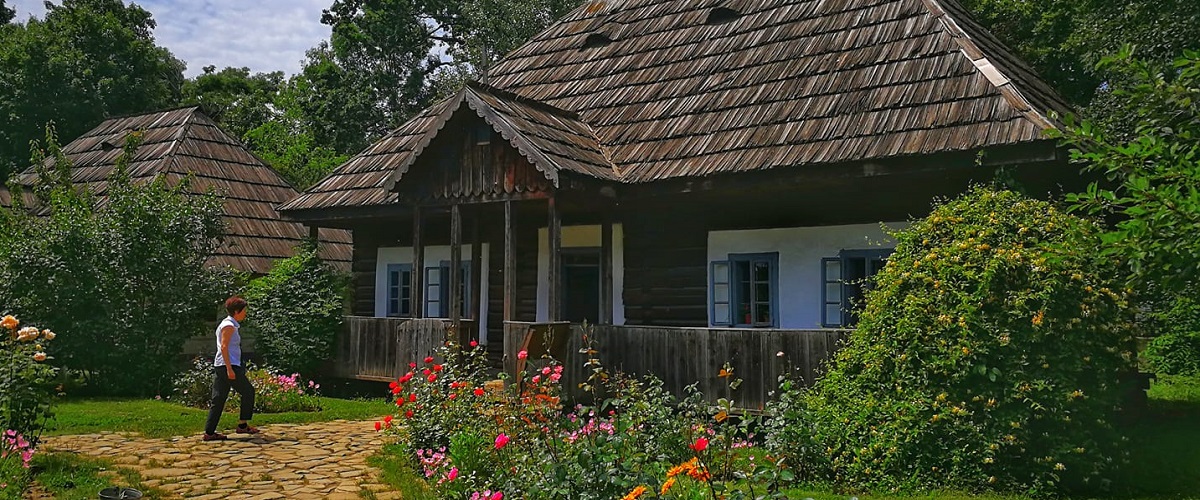
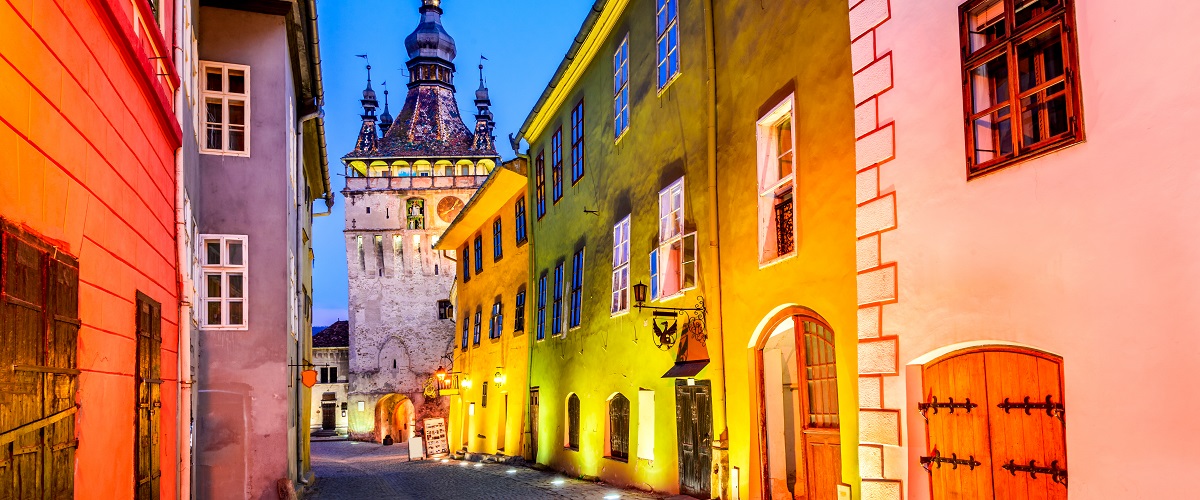
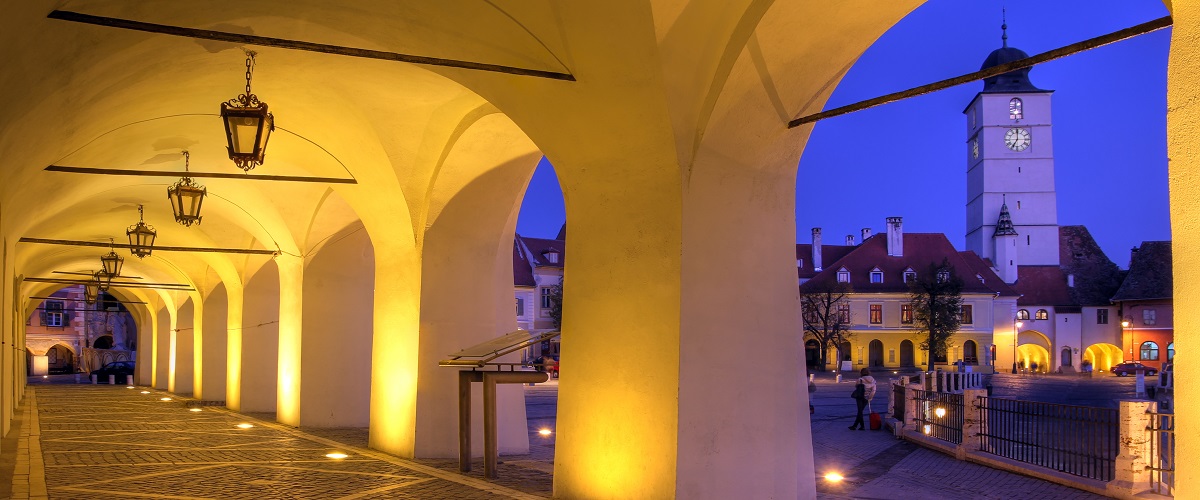


.png)




